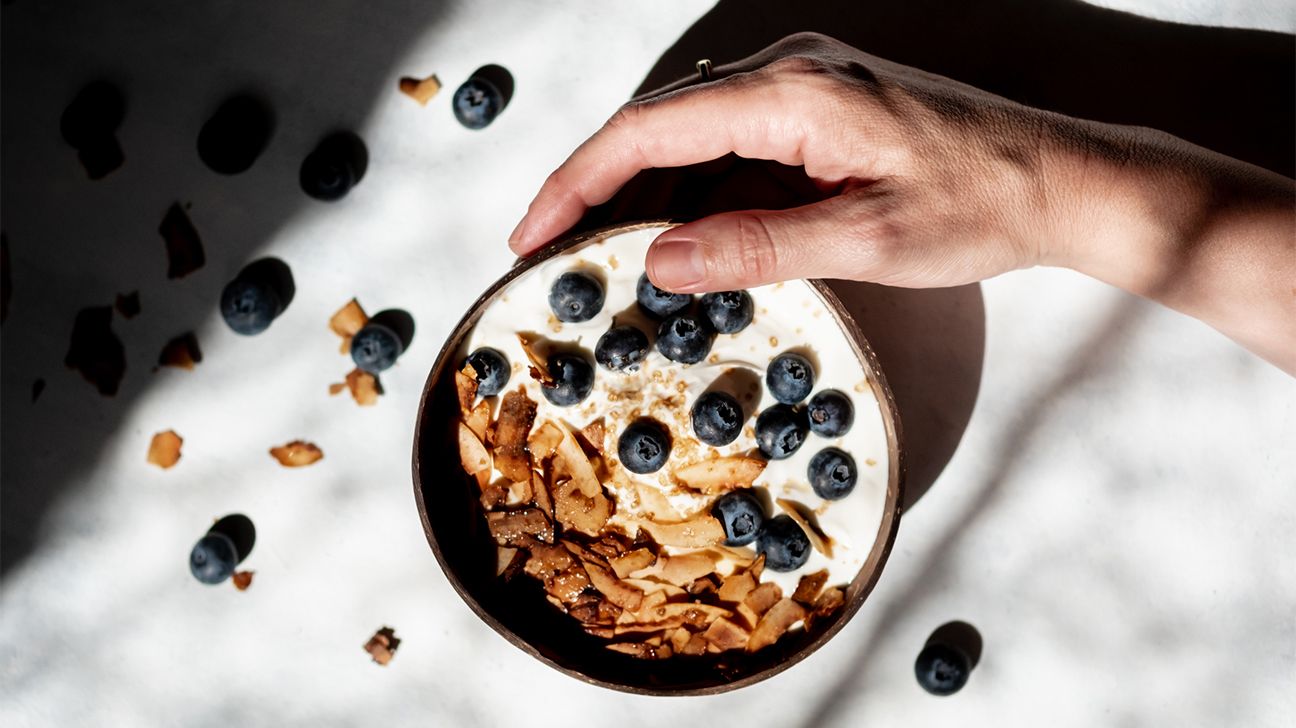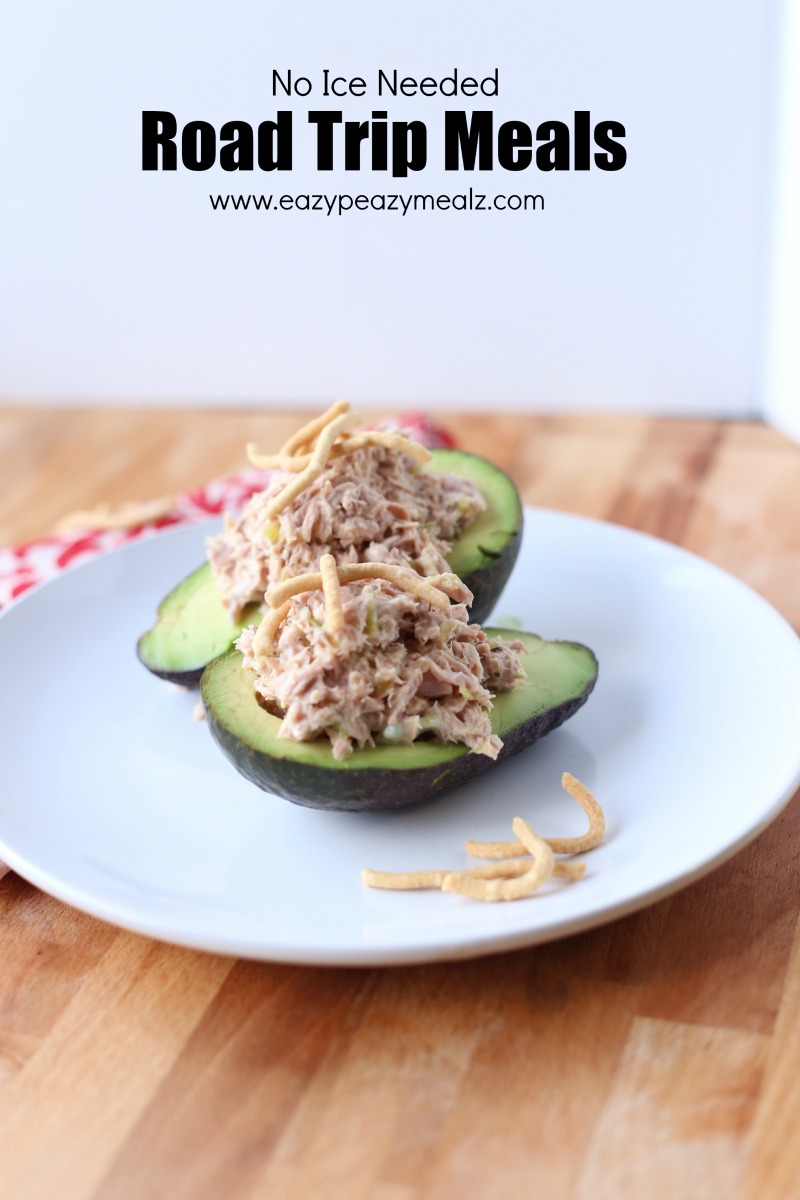
Food That Lasts: A Guide to Shelf-Stable and Uncooked Delights
In the realm of culinary adventures, we often find ourselves bound by the constraints of refrigeration and the heat of cooking. But what if there were a world of delectable delights that defied such limitations? Join us on a delectable journey as we explore the fascinating realm of foods that can be enjoyed without the need for refrigeration or the warmth of the stove.
Our culinary expedition begins with a recollection of a time when, lost in the wilderness, I stumbled upon a forgotten cache of trail mix. Its contents—a symphony of nuts, seeds, and dried fruit—had withstood the relentless heat and the passage of time, offering me a much-needed sustenance. In that moment, the allure of shelf-stable food was forever sealed in my mind.
Shelf-Stable Delights
Shelf-stable foods are those that can be stored at room temperature for extended periods without spoiling. This remarkable attribute is achieved through various preservation techniques, such as dehydration, canning, and fermentation. Dehydration, the process of removing moisture from food, inhibits bacterial growth, effectively extending its shelf life. Canning, a method involving sealing food in airtight containers and heating it to high temperatures, eliminates harmful microorganisms. Fermentation, an ancient technique that utilizes friendly bacteria or yeast, not only preserves food but also enhances its flavor and nutritional value.
The world of shelf-stable delights encompasses a vast array of culinary wonders. Dried fruits, such as raisins, apricots, and cranberries, offer a sweet and chewy treat that can be enjoyed on their own or added to trail mixes, cereals, and baked goods. Nuts and seeds, like almonds, walnuts, and chia seeds, provide a crunchy texture and are packed with essential nutrients. Canned vegetables, such as beans, corn, and tomatoes, are convenient and versatile ingredients that can be used in soups, stews, and salads. Fermented foods, like sauerkraut, kimchi, and yogurt, not only add a tangy flavor to dishes but also contribute beneficial probiotics to our gut microbiome.
The Art of Uncooked Cuisine
While cooking can transform ingredients into delectable masterpieces, there lies a hidden beauty in embracing the flavors of uncooked food. Raw fruits and vegetables offer a symphony of textures, from the crisp crunch of carrots to the juicy burst of berries. They are brimming with vitamins, minerals, and antioxidants, ensuring a vibrant and nourishing meal.
Uncooked dishes showcase the natural flavors of ingredients in their purest form. Salads, for example, are a vibrant canvas for an array of leafy greens, colorful vegetables, and flavorful dressings. They offer a refreshing and light meal that can be customized to suit individual preferences. Smoothies, a blend of fruits, vegetables, and liquids, provide a quick and easy way to consume a nutrient-packed meal on the go. Sushi, a Japanese delicacy made with raw fish or seafood, rice, and seaweed, combines exquisite flavors and textures in every bite.
Tips and Expert Insights
To fully embrace the joys of shelf-stable and uncooked foods, consider these tips and insights from seasoned professionals:
- Choose wisely: When selecting shelf-stable foods, opt for products with minimal added sugars, preservatives, and unhealthy fats.
- Store properly: Shelf-stable foods should be stored in a cool, dry place away from direct sunlight to maintain their freshness and prolong their shelf life.
- Embrace uncooked options: Incorporate more raw fruits and vegetables into your diet to reap the benefits of their unadulterated flavors and nutrients.
- Experiment with flavors: Explore the world of uncooked cuisine by experimenting with different combinations of fruits, vegetables, and herbs. Create your own unique salads, smoothies, and dips to tantalize your taste buds.
- Seek inspiration: Discover new and exciting ways to enjoy shelf-stable and uncooked foods through cookbooks, online resources, and culinary workshops.
By following these expert recommendations, you can unleash the boundless possibilities of shelf-stable and uncooked foods, creating meals that are both delicious and nutritious.
Frequently Asked Questions
To further enhance your understanding, here are some commonly asked questions and their concise answers:
- Q: How long do shelf-stable foods typically last?
A: Shelf life varies depending on the food and the preservation method used. Dried fruits and nuts can last for several months to a year, while canned vegetables can last for years. - Q: What are some examples of uncooked foods?
A: Uncooked foods include fresh fruits and vegetables, salads, smoothies, sushi, and certain types of fermented foods. - Q: Are shelf-stable foods as nutritious as fresh foods?
A: While shelf-stable foods may have slightly lower nutrient content than fresh foods, they still provide essential vitamins, minerals, and fiber. - Q: How can I make uncooked meals more flavorful?
A: Enhance the flavors of uncooked meals by using a variety of herbs, spices, dressings, and sauces. Experiment with different combinations to create your own unique taste sensations.
Conclusion
The culinary world is a vast tapestry of flavors and textures, and within its embrace lies a captivating realm of foods that can be enjoyed without the need for refrigeration or cooking. Shelf-stable delights offer convenience and long-lasting nourishment, while uncooked cuisine unveils the unadulterated flavors and nutrients of nature’s bounty. Embrace the joys of these culinary wonders and embark on a delectable adventure that will tantalize your taste buds and nourish your body.
Are you ready to explore the world of shelf-stable and uncooked foods? Share your thoughts and culinary experiences in the comments below!

Image: www.eazypeazymealz.com

Image: www.bbcgoodfood.com
Hurricane Food for a Power Outage – Pinch me, I’m eating Feb 21, 2024If you want dry foods to last for a long time out of the fridge, you’ll need to repackage them in Mylar bags with oxygen absorbers. Grains: Such as instant rice, quinoa, couscous, barley…. Flours: Whole grains last longer than flour. You can still stockpile flour, though.